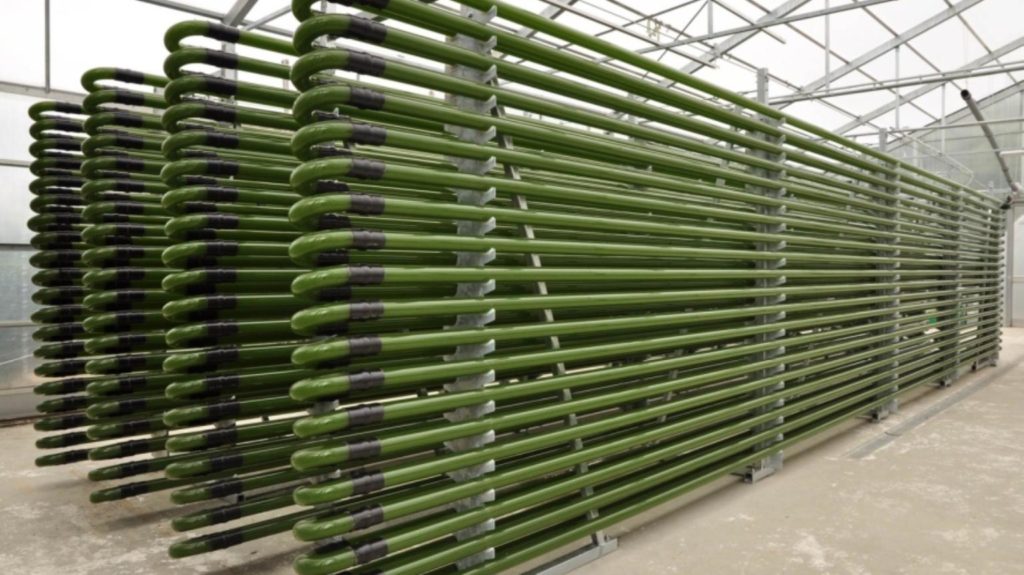April 22
Food and oxygen for deep space travel
[Title image source: source: finedininglovers.com/]
All, those of you who have watched the movie, Martian or Passengers, will understand the importance of food and oxygen for deep space travel.
The use of a large-scale cultivation for deep space travel is a far-fetched dream of the future. For now, scientists are planning to use algae and other cultivable crops such as wheat for oxygen and food purposes as they require little maintenance.
The algae bioreactor is a preferred tool for producing oxygen with photosynthesis. There are different types of bioreactors for algae namely plate bioreactor, tubular bioreactor, and bulb column bioreactor. One of the critical aspects is that most of the space should be provided with lighting; hence we need plenty of exposed surface area. At times tubes in bioreactors are fitted with light or in other occasions, the glass tubes are exposed to external lighting.
The use of algae is not just for deep-space, on earth, the world’s first algae bioreactor facade was developed in Germany (http://www.arup.com/projects/solarleaf). In California, Soylent is planning to replace food with algae (https://motherboard.vice.com/en_us/article/soylents-real-plan-is-to-replace-food-with-algae).
Spirulina is a cyanobacterium, also known as blue-green algae, which has been used in Africa and South American for centuries. The European Space Agency is planning to use it for photosynthesis and food for deep-space travel. The cultivation of the bacterium will take place in tubes on a large scale.
A containerless bioreactor, for which I am performing research will be capable of growing small amount of algae or any other organism in a much smaller scale for research, where shear can be imparted for mixing, without a container.

